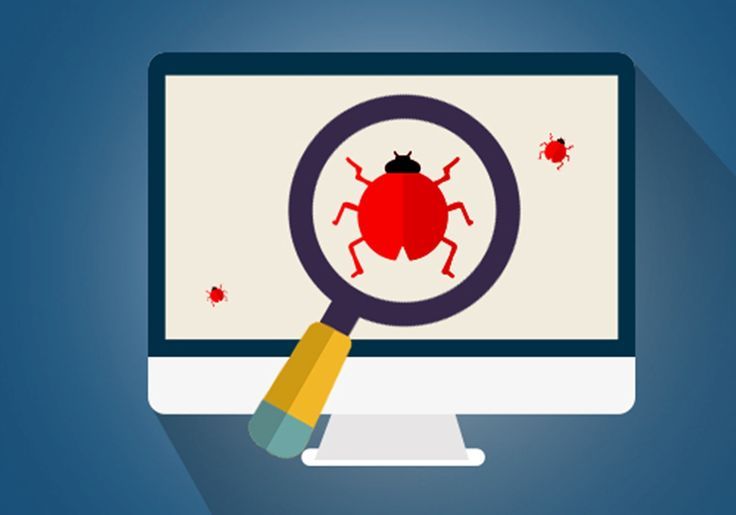Smoke Testing vs. Sanity Testing: Understanding the Key Differences
 Brijesh Prajapati
Brijesh Prajapati
In the realm of software testing, various methodologies and practices ensure that a product functions correctly and meets the required standards. Among these methodologies, smoke testing and sanity testing are often discussed and sometimes confused with one another. Though they share similarities, they serve distinct purposes and are used in different contexts. This article aims to clarify the key differences between smoke testing and sanity testing, making it easier to understand and apply them appropriately in software development and quality assurance processes.
What is Smoke Testing?
Smoke Testing is a preliminary testing process designed to verify the basic functionality of a software build. It acts as a gatekeeper, determining whether the software is stable enough to proceed with further, more detailed testing. This type of testing is also known as "build verification testing" or "confidence testing."
Key Characteristics of Smoke Testing:
Broad and Shallow: Smoke testing covers the major functionalities of an application without going into deep detail. It’s meant to catch showstopper defects that could render the application unusable.
Quick and Efficient: Since it focuses on basic functionality, smoke testing is quick to perform, often automated, and used to ensure that the build is stable enough for more rigorous testing.
Critical for Integration: Smoke testing is typically performed on every new build, especially after major integrations or updates, to confirm that the essential functions are working correctly.
Entry Point for Further Testing: If the smoke test fails, the build is rejected, and the development team must fix the critical issues before proceeding. If it passes, the build moves on to more detailed testing phases.
Example Scenario:
Imagine a new version of a mobile banking app is released. During smoke testing, testers check if the app launches correctly, if users can log in, if the main dashboard loads, and if essential features like checking account balance and transferring money work as expected. These tests do not delve into finer details but ensure that the critical paths are functional.
What is Sanity Testing?
Sanity Testing is a narrow and deep testing process conducted to verify that a specific function or bug fix works as intended. It’s a subset of regression testing focused on validating the accuracy of a specific change or set of changes in the codebase.
Key Characteristics of Sanity Testing:
Focused and Deep: Unlike smoke testing, sanity testing is concerned with specific functionalities or bug fixes. It dives deep into the functionality to ensure everything works as expected after changes.
Targeted Verification: Sanity testing is performed when there is not enough time for extensive testing. It targets the specific areas where changes have been made to verify their correctness without affecting other parts of the application.
Informal Process: Sanity testing is often unscripted and performed by developers or testers familiar with the changed areas. It is more ad-hoc compared to other structured testing methodologies.
Post-Build Verification: This type of testing is typically done after receiving a stable build that has passed smoke testing. It ensures that specific issues have been resolved without introducing new bugs.
Example Scenario:
Continuing with the mobile banking app example, suppose a bug was found and fixed in the funds transfer feature. Sanity testing involves detailed tests around this feature to ensure the bug fix works and that funds can be transferred accurately, all while ensuring no other related functionalities have been affected by this change.
Key Differences Between Smoke Testing and Sanity Testing
Purpose:
Smoke Testing: To check the overall stability of the build and ensure that the critical functionalities are working.
Sanity Testing: To verify the correctness of specific functionalities or bug fixes.
Scope:
Smoke Testing: Broad coverage of the application’s major functions without going into detail.
Sanity Testing: Narrow focus on particular areas of the application, with in-depth testing.
Frequency:
Smoke Testing: Performed on every new build to ensure its stability.
Sanity Testing: Conducted when there are specific changes or bug fixes that need verification.
Automation:
Smoke Testing: Often automated to quickly assess the build’s stability.
Sanity Testing: Usually manual, focusing on specific areas that require detailed examination.
Process:
Smoke Testing: A formal, pre-scripted process that acts as an entry point for further testing.
Sanity Testing: Informal and ad-hoc, tailored to the specific changes made in the build.
Outcome:
Smoke Testing: Determines whether the build can proceed to further testing phases.
Sanity Testing: Ensures that recent changes or bug fixes work correctly and have not introduced new issues.
When to Use Smoke Testing vs. Sanity Testing
Smoke Testing should be used when:
A new build is created, and you need to verify that the main functionalities work before proceeding with detailed testing.
You want a quick check to ensure that no critical issues exist in the application after integration.
Sanity Testing should be used when:
Specific bugs have been fixed or new functionalities added, and you need to ensure these changes work correctly.
You have limited time and need to confirm the correctness of recent changes without performing exhaustive regression testing.
Conclusion
Both smoke testing and sanity testing are essential components of a comprehensive software testing strategy. Understanding their key differences and appropriate contexts for use helps ensure that the software development process is efficient and effective. Smoke testing provides a quick check of the overall stability of a build, acting as a gatekeeper for more in-depth testing. Sanity testing, on the other hand, offers a detailed examination of specific changes, ensuring that recent modifications do not introduce new issues. Together, these testing methodologies help maintain high-quality software and efficient development cycles.
For those looking to master software testing techniques, consider enrolling in the Best Software Testing Training in Bhopal, Nagpur, Indore, Delhi, Noida, and other cities in India.
Subscribe to my newsletter
Read articles from Brijesh Prajapati directly inside your inbox. Subscribe to the newsletter, and don't miss out.
Written by

Brijesh Prajapati
Brijesh Prajapati
I'm a digital marketer eager to expand my skills and knowledge. Passionate about staying updated with the latest trends, I thrive on learning new techniques and strategies to enhance my expertise.